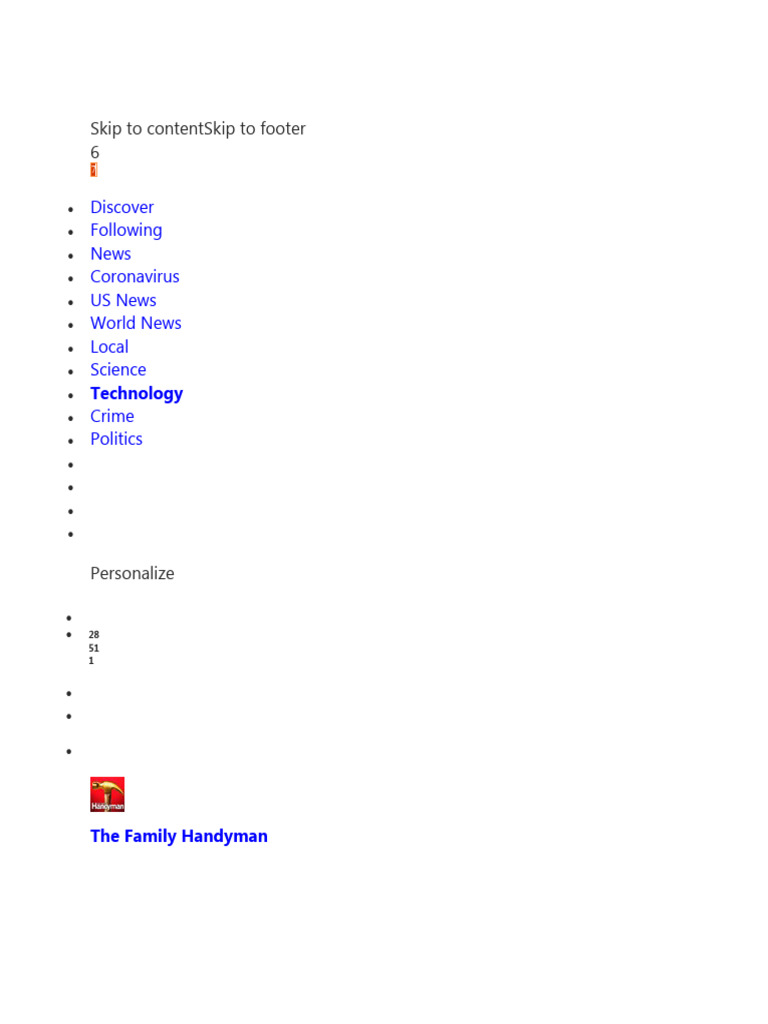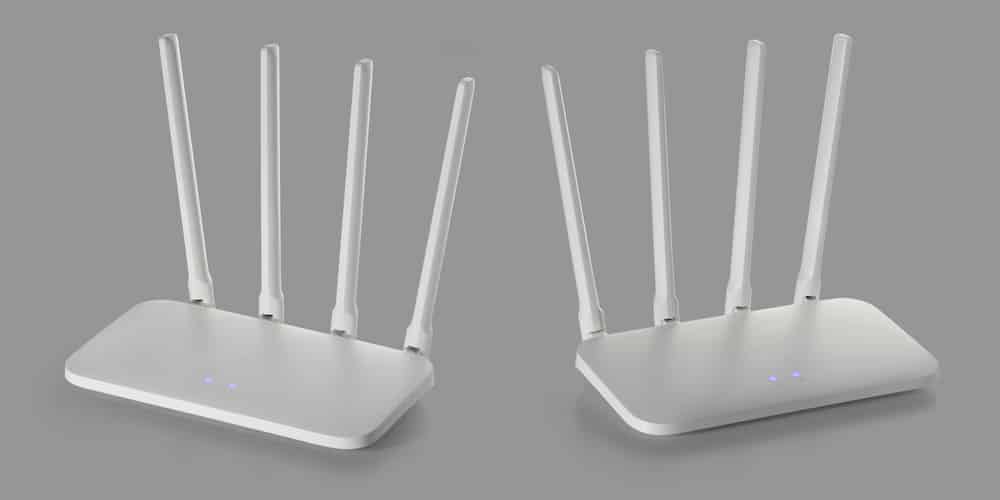Is it truly possible to harness the power of the Internet of Things (IoT) devices from anywhere in the world, even when faced with seemingly insurmountable network barriers? Yes, indeed! This capability is not only within reach but can be achieved securely and efficiently, regardless of the challenges presented by your home or office network.
The digital age demands seamless connectivity. Managing your IoT devices remotely whether for personal convenience or professional applications is fast becoming the norm. However, navigating network complexities can feel daunting. Routers, with their built-in security features such as MAC address filtering, often stand in the way, potentially blocking unauthorized devices and complicating remote access. This article serves as a comprehensive guide to empower you, the user, with the knowledge and practical steps required to conquer these obstacles and unlock the full potential of RemoteIoT.
The article will explore the complexities of RemoteIoT, examining the impact of router configurations, and providing actionable solutions to bypass common limitations such as MAC filtering. By the end of this exploration, you'll possess a clear understanding of the underlying principles and practical techniques needed to establish a secure and unrestricted remote access environment. This includes understanding the basics of networking, configuring your router, utilizing Dynamic DNS services, and implementing robust security measures. Whether you are a tech enthusiast or a newcomer to the field, the goal here is to equip you with the necessary tools to confidently navigate the digital landscape, transforming potential hurdles into stepping stones for maximizing your IoT device management capabilities.
- From Baby To Beyond The Inspiring Story Of Justin Bieber
- Piero Ferrari The Legacy Vision Of Ferraris Heir Discover Now
This guide delves into the core of RemoteIoT, unpacking its functionality and how it interacts with various network configurations. From understanding IP addresses and port forwarding to ensuring robust security measures, you will learn how to optimize your network setup and enjoy seamless remote access. This knowledge will not only simplify your device management but also empower you to create a more secure and efficient network environment.
The discussion will start from understanding the foundation of networking and then delve into MAC filtering and other security measures and how to use RemoteIoT behind a router.
Here's a structured breakdown of the topics we'll cover:
- Ryan Paevey The Hallmark Heartthrob Bio Movies More
- Nischelle Turners Husband What You Should Know Updated
- Introduction to RemoteIoT and Router Restrictions
- Understanding Networking Basics
- What Is MAC Filtering?
- Bypassing MAC Filtering Without Changing MAC
- Setting Up Port Forwarding
- Using Dynamic DNS for Remote Access
- Ensuring Security in RemoteIoT Connections
- Common Issues and Troubleshooting
- Recommended Tools and Software
RemoteIoT, at its core, empowers users to control and interact with IoT devices from any location globally. However, many modern routers incorporate security features like MAC filtering. MAC filtering, a prevalent security measure, can limit which devices are granted network access, presenting a challenge for users who wish to set up RemoteIoT capabilities without modifying their router's MAC settings.
MAC filtering is implemented to enhance network security by controlling which devices are permitted to connect based on their unique MAC addresses. While this adds an additional layer of protection, it can also restrict flexibility, particularly for remote device setups. The focus is on understanding how RemoteIoT functions and how it interacts with router configurations.
To effectively set up and manage RemoteIoT, a fundamental grasp of networking concepts is essential. The following sections provide a clear understanding of essential networking elements, including IP addresses, subnets, and ports. This foundational knowledge is crucial for troubleshooting and optimizing RemoteIoT setups.
Key Networking Concepts
- IP Address: A unique identifier assigned to each device within a network, akin to a digital address.
- Subnet: A subdivision of an IP network into smaller, more manageable sections.
- Ports: Logical communication endpoints that enable different applications to share a network connection.
MAC filtering is a network security mechanism that either permits or denies network access based on a device's Media Access Control (MAC) address. This feature is a standard method to prevent unauthorized devices from connecting to a network. However, for those aiming to set up remote devices without altering MAC addresses, it can pose significant challenges.
How MAC Filtering Works
When MAC filtering is enabled, the router examines the MAC address of each device attempting to connect. If a device's MAC address is not present on the approved list, the router denies access. While this process boosts security, it can limit the flexibility for users seeking to connect devices remotely.
Several effective methods can bypass MAC filtering without changing the MAC address of your device. These methods focus on configuring your router and network settings to seamlessly accommodate RemoteIoT devices.
Using Static IP Addresses
Assigning a static IP address to your RemoteIoT device is a practical solution. By configuring a fixed IP address, the device consistently connects to the network using the same address, regardless of any MAC filtering settings.
Configuring Router Whitelisting
Many routers offer the option to whitelist specific devices based on their IP addresses instead of MAC addresses. This approach offers more flexibility in managing network access without requiring MAC address modifications.
Port forwarding is essential for enabling RemoteIoT devices to communicate with external networks. Configuring port forwarding on your router directs incoming traffic to the correct device within your local network.
Steps to Set Up Port Forwarding
- Log in to your router's administrative panel.
- Go to the port forwarding section.
- Specify the required port numbers for RemoteIoT.
- Assign the port to the IP address of your RemoteIoT device.
- Save the settings and test the connection.
Dynamic DNS (DDNS) maps a domain name to a dynamically changing IP address, which is particularly useful for RemoteIoT devices. It allows you to access devices with a consistent domain name, even if your IP address changes.
Benefits of Using DDNS
- Simplified access to your RemoteIoT device from anywhere globally.
- Eliminates the need to remember complex IP addresses.
- Provides automatic updates when your IP address changes.
Prioritizing security is vital when setting up RemoteIoT devices. While methods like bypassing MAC filtering and configuring port forwarding improve connectivity, ensuring your network remains secure is equally important.
Best Practices for Secure Connections
- Implement strong passwords for your router and RemoteIoT devices.
- Activate encryption protocols like WPA2 or WPA3.
- Regularly update firmware and software to fix any vulnerabilities.
- Restrict access to trusted devices and users.
Even with careful configuration, issues can arise. Here's a look at some common problems and their solutions:
Troubleshooting Tips
- Device Not Connecting: Double-check that the IP address and port settings are accurate.
- Slow Connection Speeds: Investigate network congestion or bandwidth limitations.
- Security Alerts: Make sure all devices have the latest security updates.
Several tools can simplify setting up and managing RemoteIoT devices behind a router.
Popular Tools
- DD-WRT: Custom firmware for routers offering advanced features such as port forwarding and DDNS.
- No-IP: A DDNS service for remote access.
- PortCheck: Tool to verify your port forwarding settings.
In conclusion, enabling RemoteIoT behind a router without modifying MAC addresses is achievable through the appropriate setup and tools. Understanding networking basics, setting up port forwarding, and utilizing DDNS services all facilitate seamless remote access to your IoT devices.
Share your experiences and ask questions below. Explore other articles on this website for more tips. Staying informed is vital for a secure and efficient network environment.
Enjoy your networking endeavors!
References:
- Cisco - NAT and Port Forwarding
- No-IP - Dynamic DNS Service
- DD-WRT - Custom Router Firmware
- Unraveling The Menendez Brothers Documentary A Deep Dive
- Sadie Mckenna Nude Photos Controversy Privacy Consent Explained Latest

